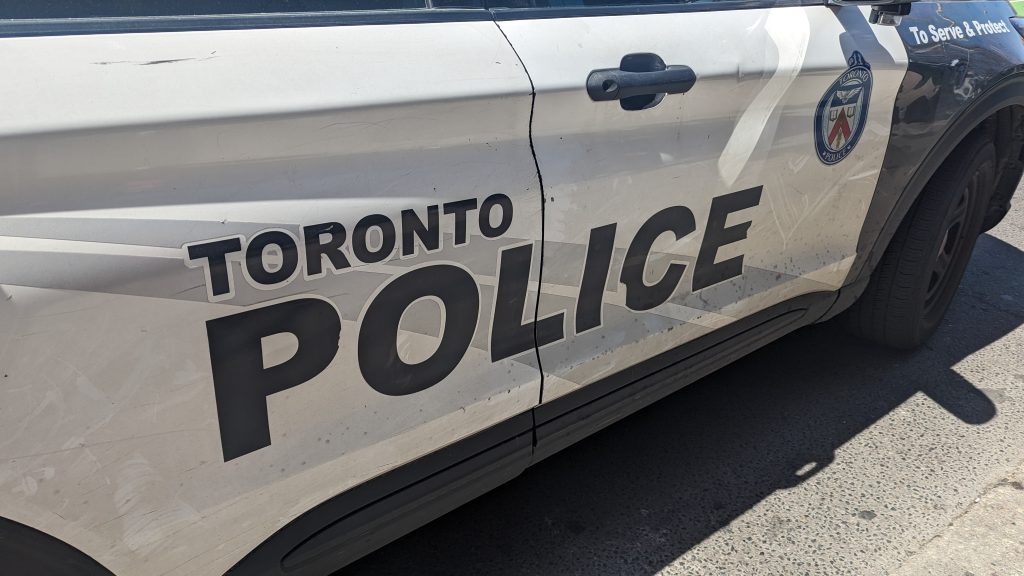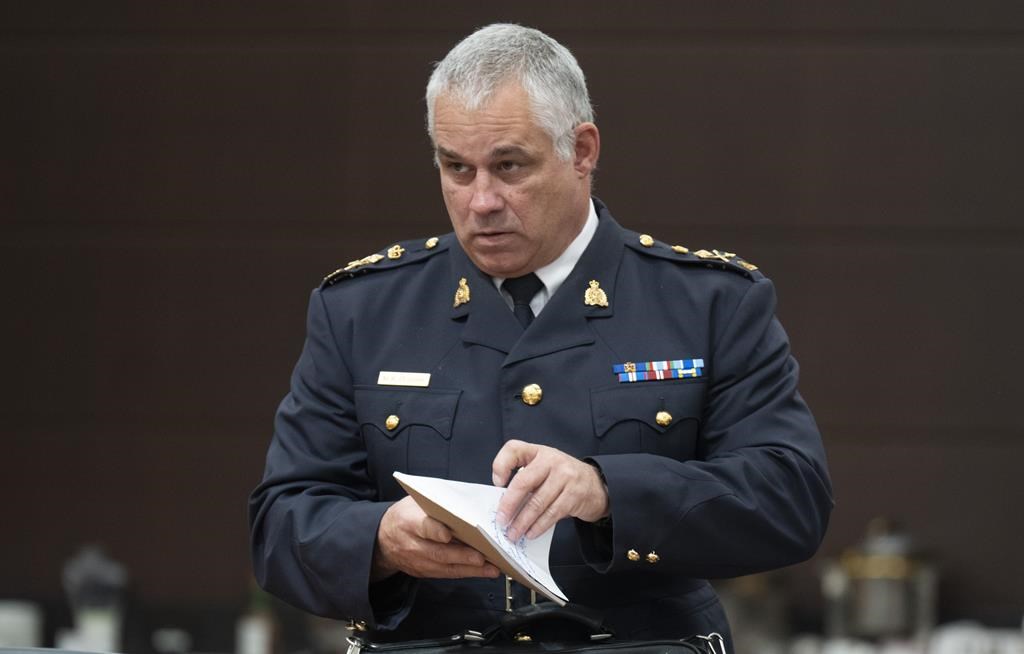City to burn parts of High Park to preserve rare, 4,000-year-old grassland

Posted March 16, 2023 4:03 pm.
Last Updated March 16, 2023 4:05 pm.
The City of Toronto says it’s planning “prescribed burns” across High Park in an effort to preserve and reinvigorate black oak savannahs, a rare and threatened ecosystem.
A city official says the controlled burning in High Park is slated for early spring as part of a long-term plan to proactively protect rare black oak savannahs — characterized by various grasses, shrubs and widely spaced oaks, which are dependent on fire.
According to the High Park Nature Centre, Indigenous inhabitants set “judiciously timed and managed fires” for thousands of years, sustaining the quantity, balance and vibrancy of the black oak savannah flora and fauna.
“The oak leaves themselves contain combustible chemicals. When the leaves fall to the ground, they dry and curl, forming a crispy air-pocketed litter layer that encourages flames to catch and spread quickly,” High Park Nature Centre’s Kathleen Keefe said.
“Together with the previous season’s dried tall grasses, they fuel the fires that nourish the ecosystem.”
A prescribed burn is a deliberately set and carefully controlled fire that burns low to the ground and consumes dried leaves, small twigs, and grass stems but does not harm larger trees, the city said, noting that High Park would be closed to vehicular access on the day of the burn. People will not be able to enter burn areas during this time.
Deputy Mayor Jennifer McKelvie says that the controlled burns are weather-dependent, noting that the burns usually occur over one day at several locations in the park. A precise date has not yet been set.
“Prescribed burns are a historically successful Indigenous practice for forest sustainability that we continue to use in High Park,” McKelvie said. “These burns are helping Toronto’s new Arboreal Emblem and Official Tree, the oak, to survive and thrive in its unique urban ecosystem.”
Burns won’t affect High Park cherry blossoms, city says
High Park is home to an abundance of sakura, known as cherry blossoms, which attract large crowds every spring near the end of April and early May.
The city says the controlled burns won’t affect the trees and will likely occur before peak bloom. Signs are also expected to be posted closer to when the burn will happen in the populated park.
High Park Nature Centre has remained devoted to protecting black oak savannahs due to the risks of climate change, drought, insect infestations, invasive plant incursions and undesirable shade increases.

Cherry blossoms in peak bloom. The city said the controlled burns would not impact the trees. Photo: FLICKR.
“The long absence of fire, the mowing and spraying of manicured lawns and the introduction of exotic plants are all practices that have been reversed,” the nature centre mentions. “The future of the black oak savannah in High Park looks bright and sunny.”
The City of Toronto says it’s engaged with Indigenous representatives to incorporate Indigenous knowledge into the High Park burn. Officials say this will ensure that an Indigenous ceremony remains essential to the burn day activities.
The city notes it has safely executed prescribed burns in High Park for two decades, and under ideal weather conditions, the smoke from the burns will not affect surrounding neighbourhoods.
“Some smoke may reach residential areas near the parks. People with asthma and those highly sensitive to poison ivy should limit their exposure to the smoke by staying inside and keeping windows closed,” a city spokesperson said.
“Some people may choose to leave the general area of the park on the day of the burn if concerned about the smoke.”










